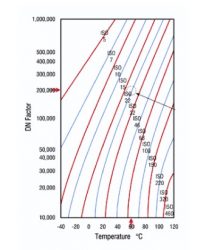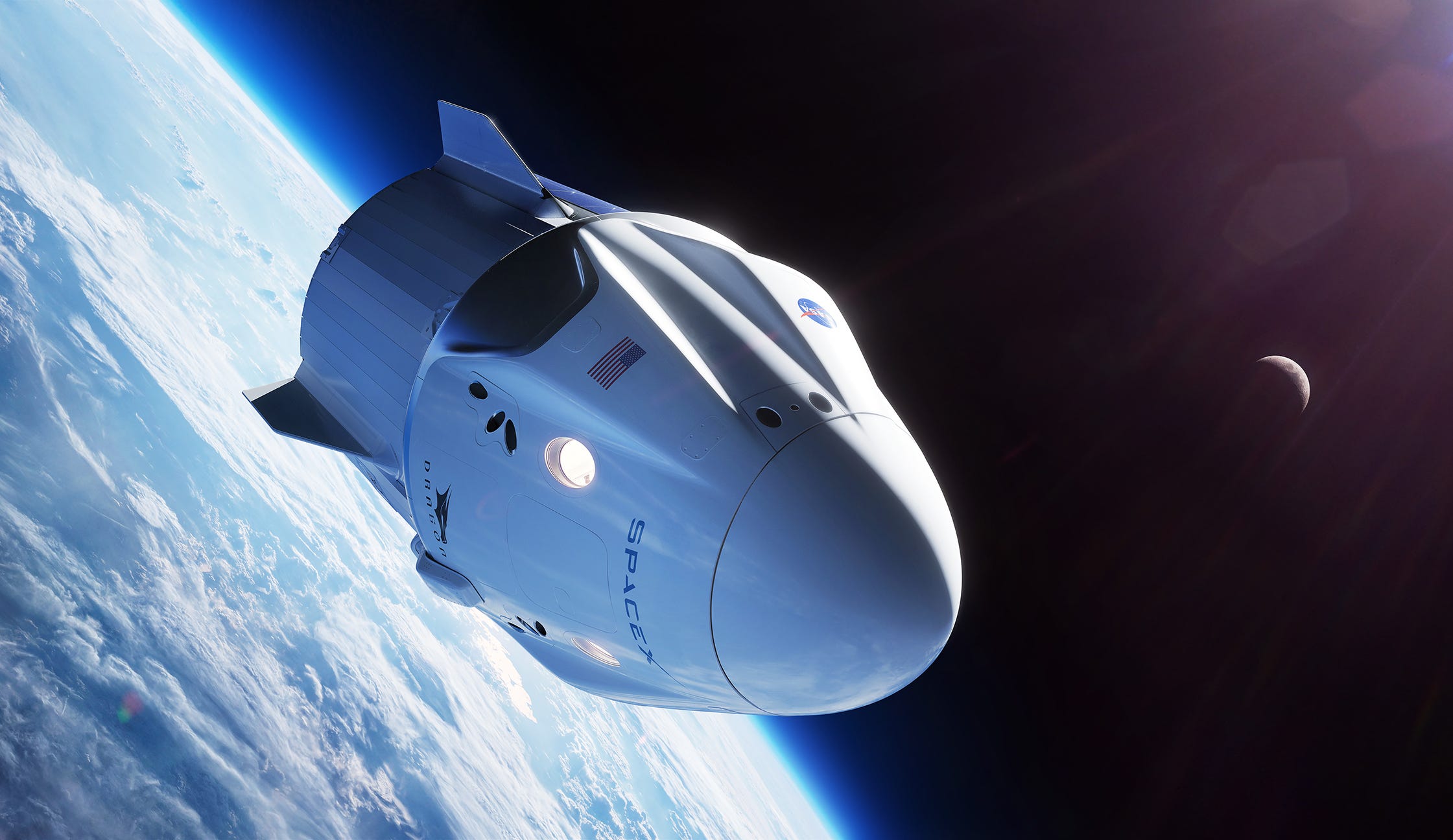Since the invention of the wheel, operators have used grease to help run their bearings. Grease technology remained similar until the industrial revolution, where heavy machinery and advancing technology required lubricating grease to keep up. In the last few decades, grease technology has advanced so much that there is probably a grease tailor-made for any application. However, this has resulted in the loss of an “All-Purpose Grease.”
Multipurpose is not All-Purpose
Many applications are similar in regards to operating temperature, loads, speed, etc. and could be lubricated with the same grease. This creates an illusion that one grease can lubricate all of your machinery. It is tempting to do so because of the benefits of lubricant consolidation, increased purchasing power, and simplified lubricant storage. Greases are uniquely formulated to operate at certain loads, speeds, temperatures, etc. This means that a grease will work optimally for one application, but subpar for another.
In the transport industry, there used to be separate greases for chassis and wheel bearings. This changed when lithium greases emerged and proved to be suitable for both chassis and wheel bearings. These multipurpose greases became popular, but there were certifications needed in order to be truly “multi-purpose.” The National Lubricating Grease Institute (NLGI) has “L” certifications for chassis greases and “G” for wheel bearings. They were paired with an “A”, “B”, or “C” to denote the severity of operations; “A” being the lightest and “B”/”C” being the most severe duty. Most multipurpose greases carry the NLGI GC-LB certification. These are the gold-standard greases for heavy-duty transport operations.
The “Multipurpose” nomenclature is a great marketing tool, but can mislead people into thinking a grease has more “purposes” than it actually does. There is a place for multipurpose greases, but engineers have to evaluate the operation and the grease’s characteristics before selecting the appropriate greases and plans for consolidation.
Selecting the Proper Greases
Some OEM recommendations are simple like, “Use a lithium #2 grease.” Whereas others are complex and list different specifications that ensure optimal performance. Some specifications to consider include:
- NLGI Grade/Thickness
- Thickener Type
- Base Oil Type and Viscosity
- Dropping Point
- Oxidation Stability
- Pumpability
- Water resistance characteristics
- EP characteristics
These specifications will help guide you in selecting the appropriate grease. By evaluating these characteristics, you are less likely to over-consolidate your greases and achieve optimal performance. More greases mean a greater probability of cross-contamination, this can be mitigated with proper storage and labeling.
Twin Specialties offers a Full Line of Greases
When selecting the proper grease, talking to manufacturers and informed distributors helps greatly. Twin Specialties has a full line of greases from manufacturers like Shell and Castrol. We work with manufacturers to help find the right product that meets any OEM specification. Contact us if you are looking for the correct grease or just more information.




